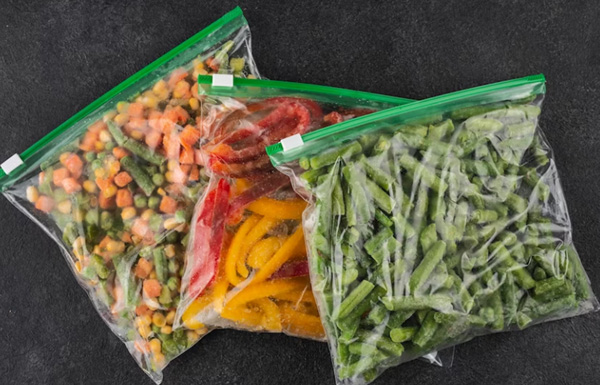Polyethylene (PE) is a commonly used plastic material that consists of a long chain of carbon atoms with two hydrogen atoms attached to each carbon atom. As of 2017, over 100 million tons of PE resins are produced annually, accounting for 34% of the total plastics market. Many kinds of PE are known, with most having the chemical formula (C2H4)n. PE is usually a mixture of similar polymers of ethylene with various values of n. Polyethylenes are classified mainly into three types, which include: low-density PE (LDPE) with density ranging between 0.910 and 0.940 g/cm3, linear low-density PE (LLDPE) with density ranging between 0.910 and 0.920 g/cm3, and high-density PE (HDPE) with density ranging between 0.941 and 0.967 g/cm3. The sources of these materials may cause a slight shift or variance in the density.
LDPE is noted for its low temperature flexibility, toughness, and corrosion resistance. It is not suited for applications where stiffness, high temperature resistance and structural strength are required.
LLDPE is blended form of LDPE where the film has much more flexibility, tensile strength, and more conformability. It is more pliable and softer

Injection Molding (LIM1922)

Blown film (LFI2130)

Blown film (LFI2185)

Blown film (LFI2047A)

Blown film (2420 H)

Blown film (LFI2125A)

Blown film (2420 D)




